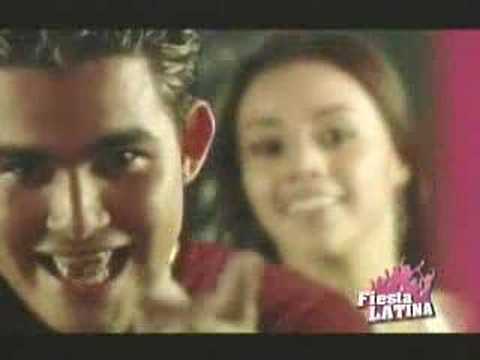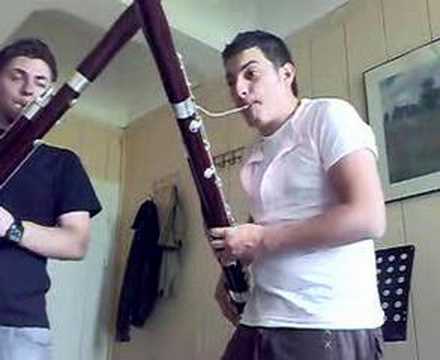
buy now
$7.95
[ad_1]
This exemplary collection of principles and guidelines was set down by the master after a lifetime of playing and teaching. Auer taught by example, and he directs violin teachers to inculcate the intricacies of execution by means of the violin itself, not simply by verbal instruction. He then devotes the rest of his advice to the violin pupil: how to hold the violin and bow, how to practice, and how to approach such matters of technique as tone production, vibrato, bowing methods including the legato, left-handed technique, double stops, trills, pizzicato, harmonics, and phrasing. In the concluding chapters Auer takes up the more general topics of style, stage fright, changes in the violin repertory, and, of great historical interest, his practical repertory hints ― what he gave his own students to play. Many of the book’s chapters are illuminated by biographical details and anecdotes about famous musicians whom Auer knew: Davidov, Wieniawski, Seidel, Wilhemj, Sarasate, and von Bulow.
Receiving poor direction at an early age is disastrous for a violinist. As Auer says, «There is no instrument whose absolute mastery at a later period presupposes such meticulous care and exactitude in the initial stages of study as does the violin.» With this book every beginning violin student will have the benefit of the finest guidance.
[ad_2]







